Your cart is currently empty!
Tag: Growing Tips
Effective trellising techniques are essential for maximizing cannabis plant growth and yield, offering crucial support that enhances airflow and light penetration. Trellising prevents stem breakage, aids in light exposure, and boosts yield, making it particularly valuable for strains with heavy buds. Choosing a suitable trellis system—such as vertical, horizontal (SCROG), or cage systems—depends on the…
Growing cannabis successfully requires skillful management of stress factors, especially light stress. This guide discusses the importance of proper light regulation for ensuring plant health. Light stress can manifest as yellowing leaves, browning tips, and stunted growth when plants receive too much or too little light. Key strategies for managing light stress include adjusting light…
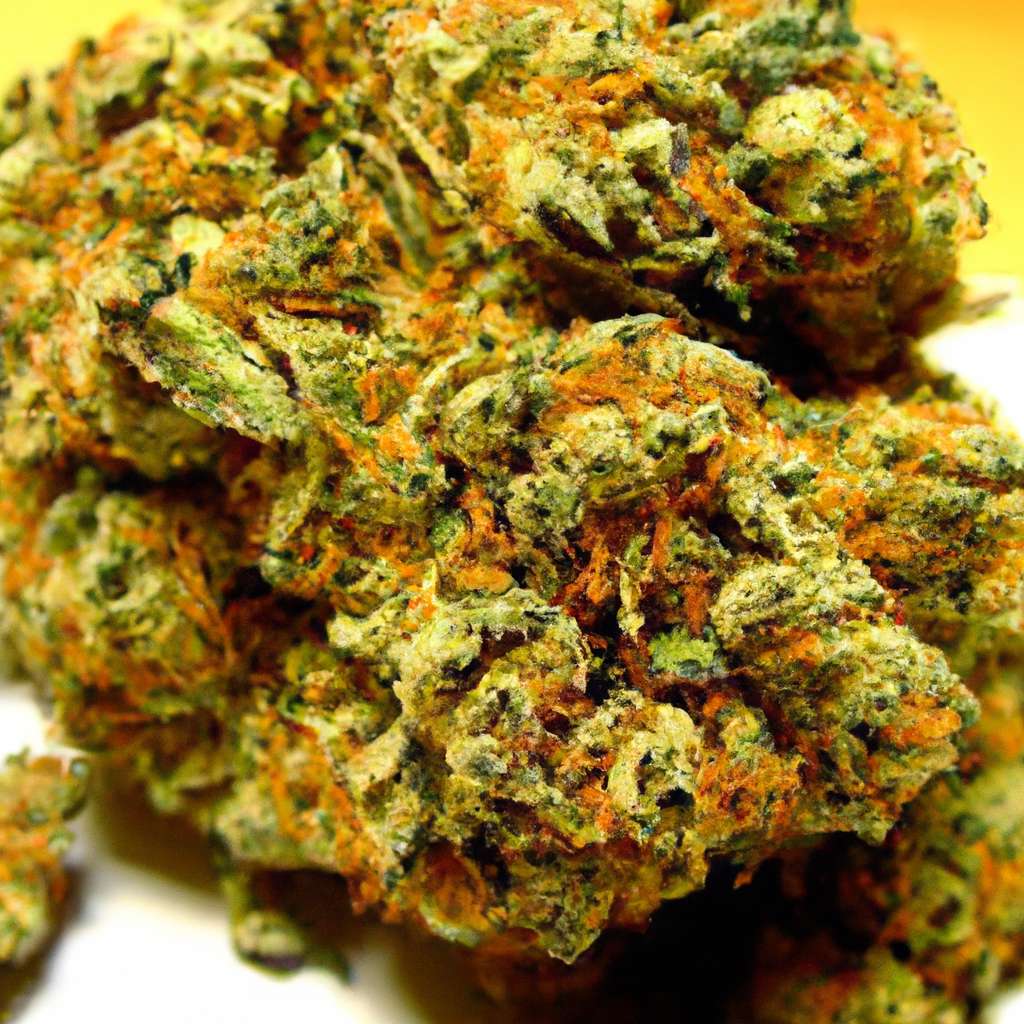
Pineapple Haze is a sativa-dominant cannabis strain celebrated for its tropical flavor and invigorating effects. With its rich aroma of fresh pineapple and earthy spices, it appeals to both cannabis connoisseurs and newcomers. Derived from the potent Pineapple and Haze strains, Pineapple Haze delivers a burst of energy and creativity, making it ideal for daytime…

The blog post explores the use of beneficial insects in cannabis cultivation as a sustainable alternative to chemical pesticides. Beneficial insects act as natural predators to control pest populations, promoting soil health and ensuring the purity of the cannabis product. Notable examples include lacewings, ladybugs, predatory mites, and parasitic wasps. Implementing these insects involves identifying…

Temperature control is essential for successful cannabis cultivation, impacting essential processes like photosynthesis and growth. Ideal temperatures range from 70-85°F (20-30°C) during light cycles and 58-70°F (14-21°C) during dark cycles. Effective strategies include using ventilation systems, insulation, and heating elements as needed. Common challenges like heat stress, cold stress, and humidity fluctuations can be managed…

Mastering light management is essential for cannabis cultivation, affecting growth rate, potency, and terpene profiles. Key aspects include understanding photosynthesis, photoperiodism, and the influence of light spectrums—blue light promotes vegetative growth, while red light enhances flowering. Innovative techniques like dynamic lighting, light training, and energy-efficient LEDs are transforming cultivation practices. By embracing these methods, growers…
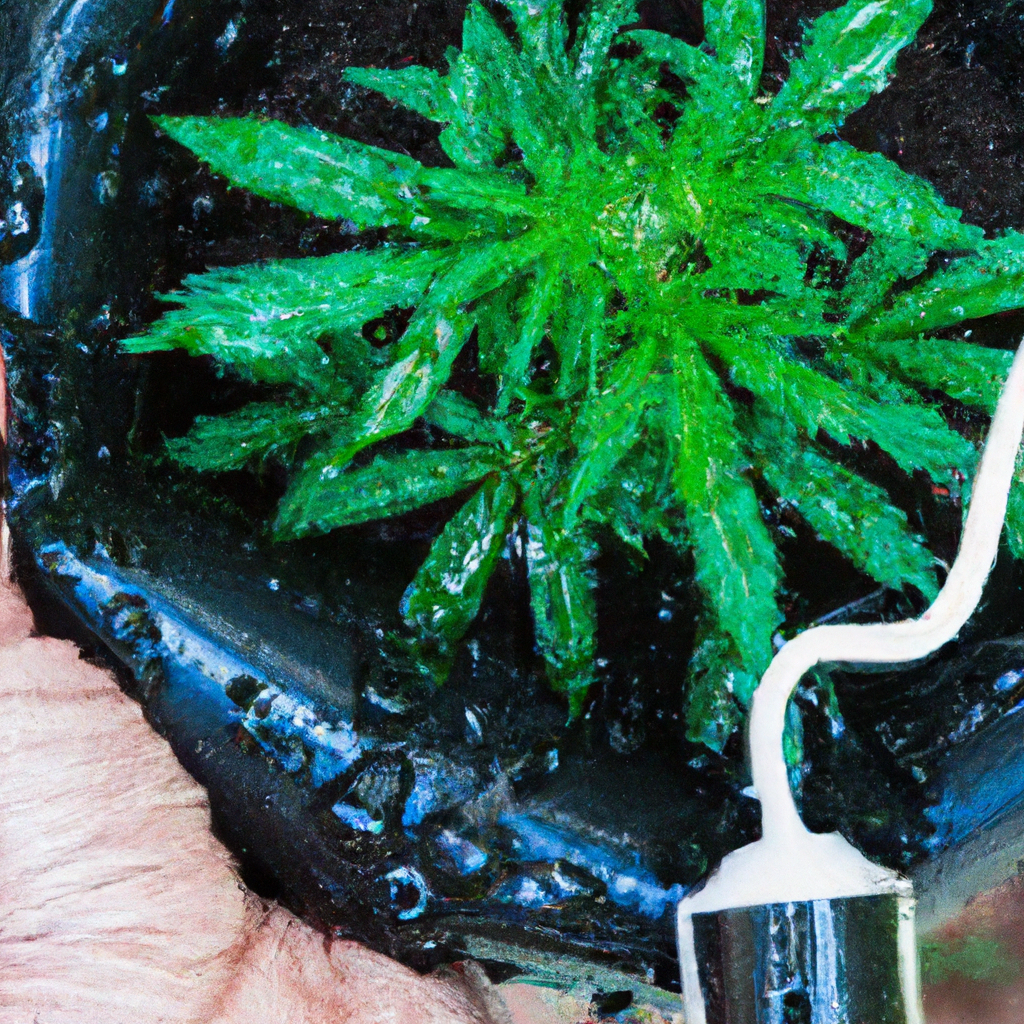
Mastering watering techniques is fundamental to cultivating healthy cannabis plants. Striking a balance between providing adequate hydration and preventing root drowning requires knowledge and practice. This article explores effective watering strategies, such as deep watering, bottom watering, and drip irrigation, and explains the importance of using well-draining soil and high-quality water. Recognizing signs like drooping…
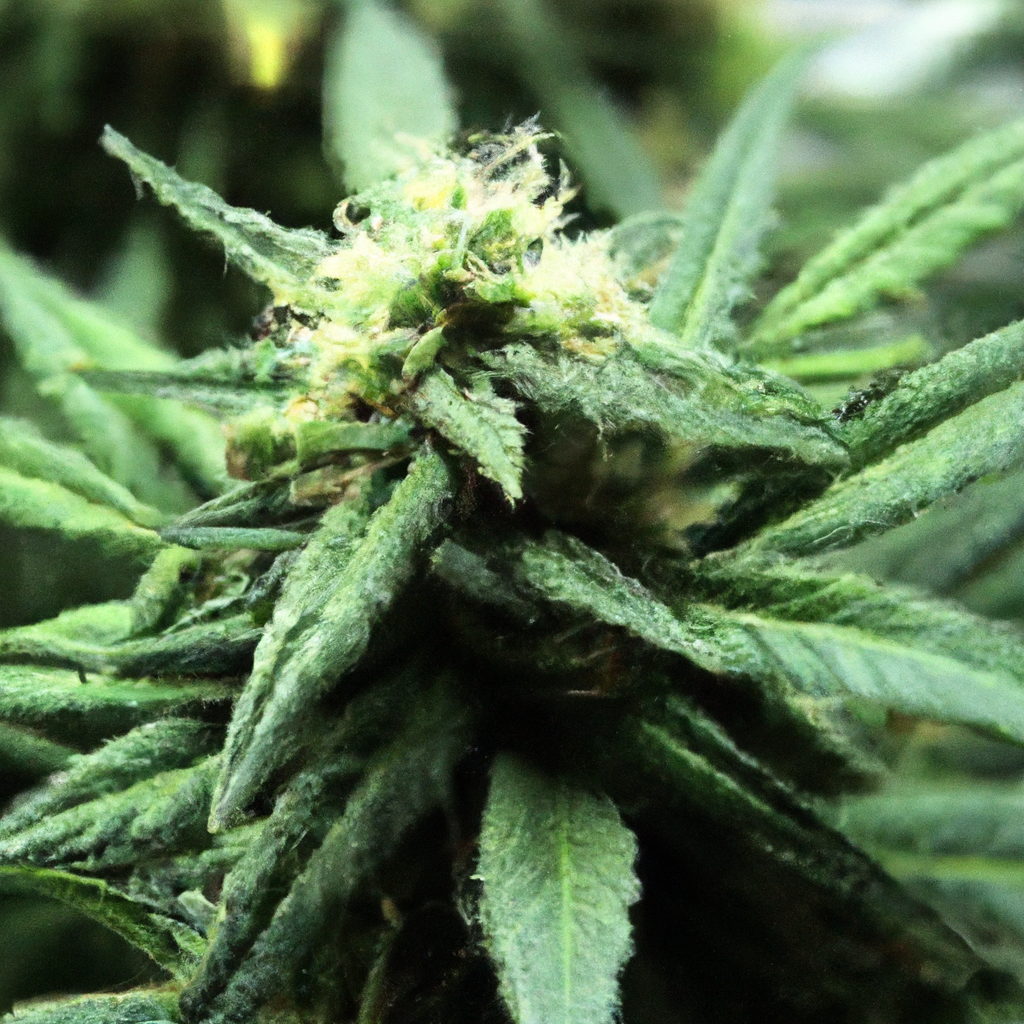
As cannabis cultivation advances, understanding the influence of environmental factors on growth and yield becomes essential. This article explores how manipulating growing conditions—such as temperature, humidity, CO2 levels, and ventilation—can optimize cannabis development. Key insights include maintaining ideal temperature ranges, adjusting humidity levels throughout growth stages to prevent mold, boosting CO2 for enhanced growth, and…
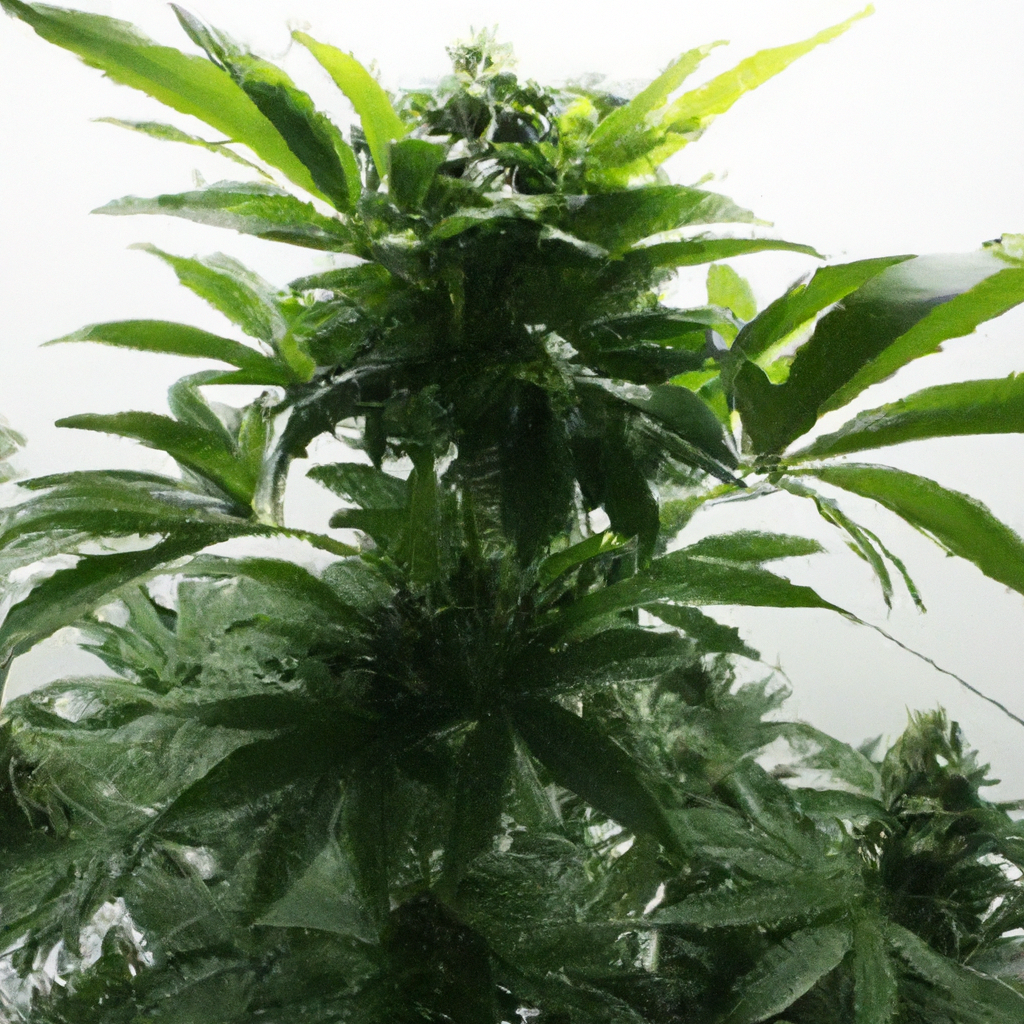
Aeroponics is transforming cannabis cultivation with its innovative, soil-less method that enhances growth rates, optimizes space, and boosts resource efficiency, using 90% less water than traditional methods. By suspending plants in air and delivering nutrients through a fine mist, aeroponics offers a cleaner environment, minimized pest issues, and potential for higher yields. Despite the initial…
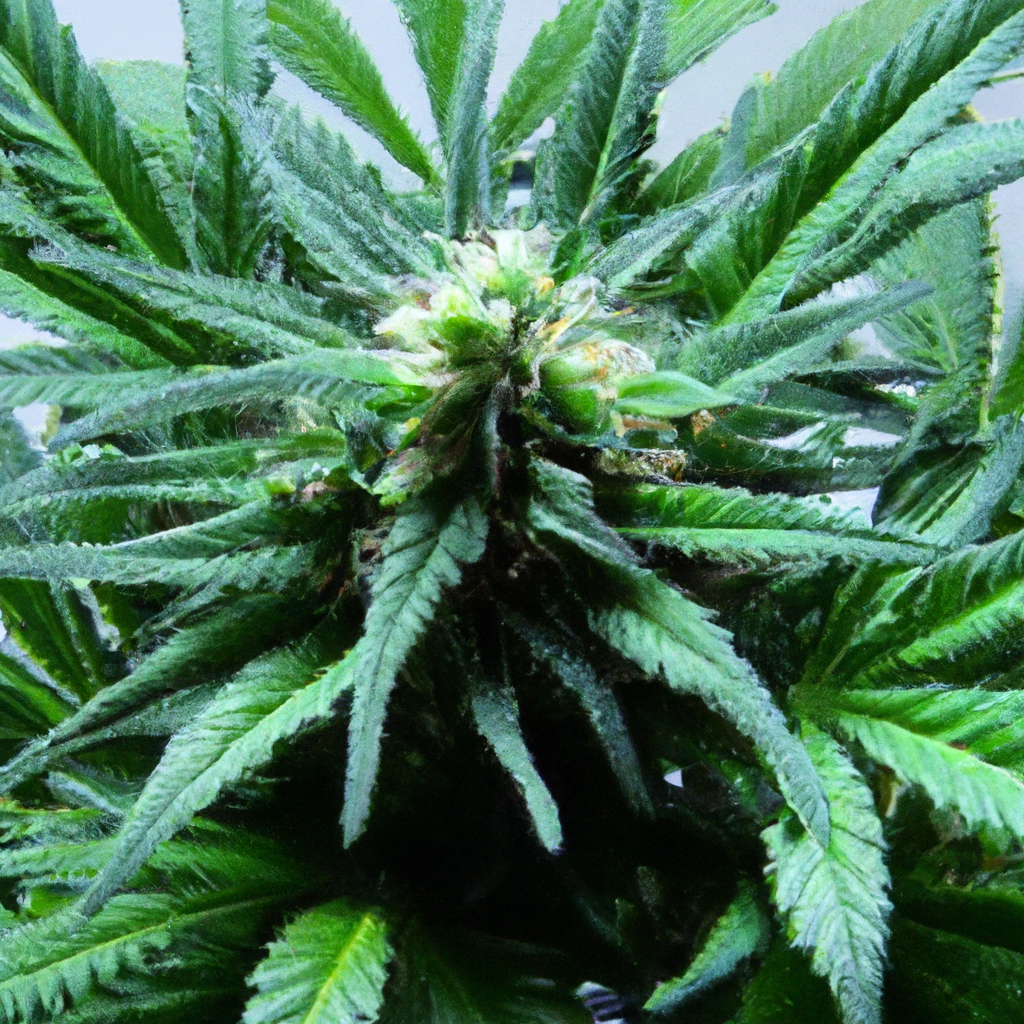
Achieving consistency in cannabis cultivation requires attention to environmental stability, precise nutrient management, routine cultivation techniques, and vigilant pest and disease control. Key elements include maintaining stable temperatures, controlling humidity, ensuring proper airflow, evolving nutrient regimens, and incorporating regular pruning and training methods. Frequent inspections and proactive measures against pests and diseases further ensure healthy…
